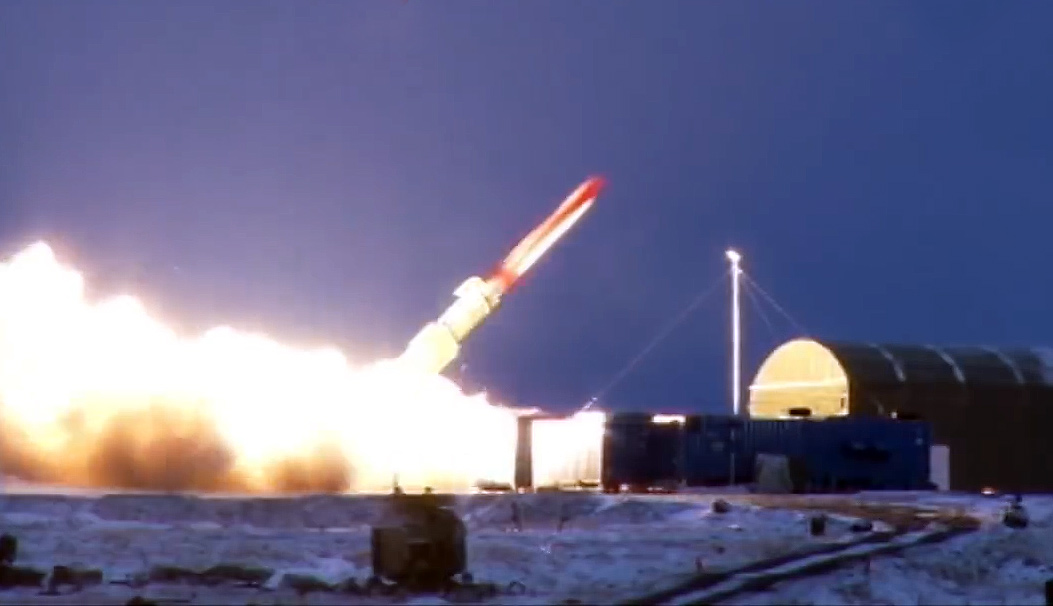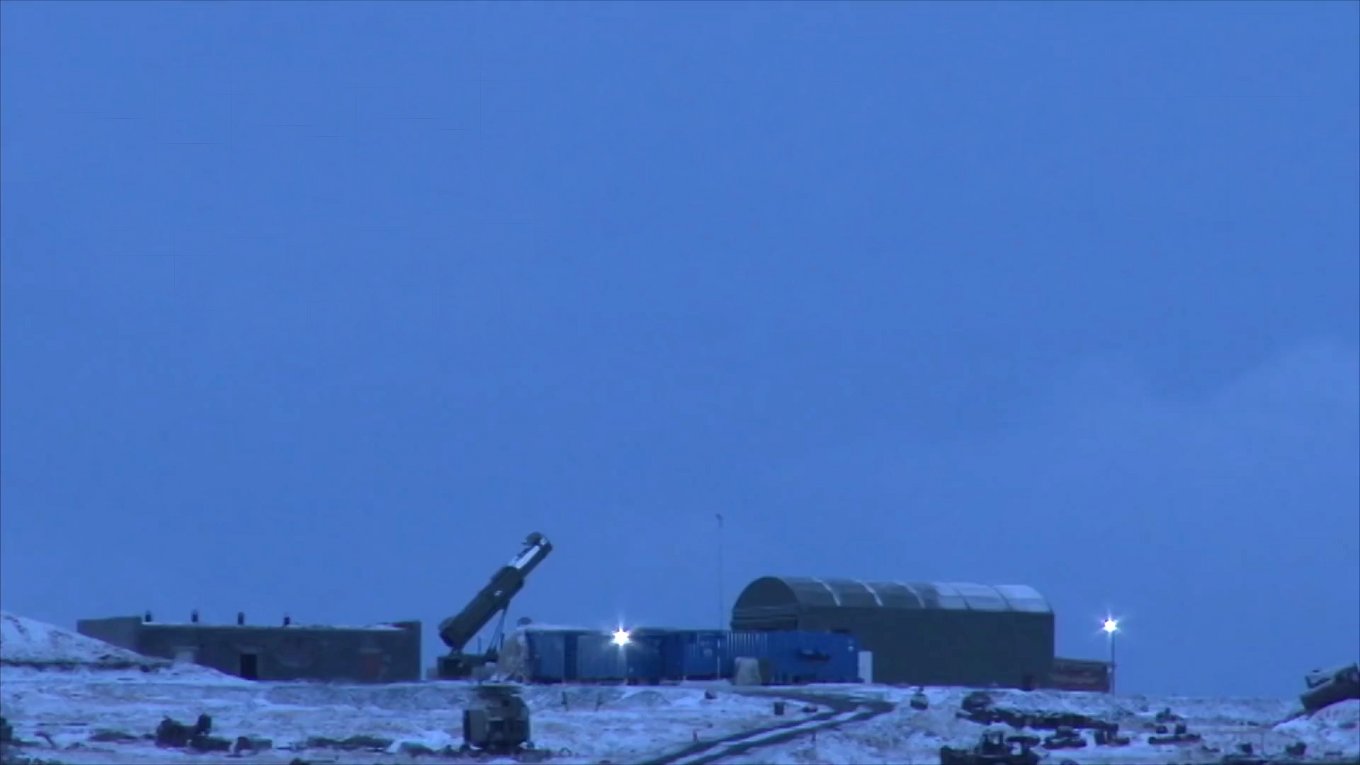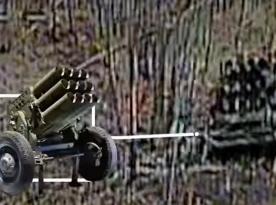Western media began to report that the russian federation is apparently preparing to conduct another test attempt of the 9M730 Burevestnyk experimental nuclear-powered, nuclear-armed cruise missile (NATO reporting name: SSC-X-9 Skyfall). The reason for this was the appearance at the end of September of this year of satellite images by Sentinel, which recorded one of the sites at the Novaya Zemlya test site, which was used for test launches of the same Burevestnik missiles in 2017-2018.
In particular, high activity at the facility, a vehicle with a trailer on which is placed what appears to be a transport and launch container for a missile, aswell as two specialized aircraft that were used during tests in 2017-2018 to collect telemetry data during flights of the Burevestnyk prototypes. All this gave The New York Times journalists reason to assume that the russian federation was preparing or had already conducted tests of this experimental missile.
Read more: New russian Missile for S-400 Will Specialize Against On-Ground Targets

At the same time, NYT journalists refer to a report from the Nuclear Threat Initiative to the effect that between 2017 and 2019, the russians conducted 13 known attempts to test the 9M730 Burevestnik missile, and all of them ended in failure.
At the same time, experts of the Nuclear Threat Initiative say that theoretically the Burevestnyk missile should have a high-power nuclear charge and a flight range of up to 3,000 km. This missile should be used rather as a tool of the "second wave of nuclear strike", after the use of intercontinental ballistic missiles.
The 9M730 Burevestnik project still seems to have an ominous "glory". Because this type of weapon was mentioned by Putin during a speech in 2018, when he listed "the development of weapons based on new physical principles." However, if you carefully read the russian publications of that time, there is a doubt that the Burevestnyk missisle can fly.

The fact is that russian designers want to use a very specific power plant to propel the 9M730 Burevestnik missile. Not just a mini-nuclear reactor, but a reactor that must heat the air to such a high temperature that it creates jet thrust. It is currently unknown at what speed the missile can fly at the same time. Instead, it is known for certain that for the launch of the Burevestnyk missile, it is necessary to use a classic solid-fuel accelerator, and the reactor must be turned on already in flight.
The Russian press also reported that the length of the fuselage of the 9M730 missile had to be at least 12 meters, while the warhead for this missile had not yet been designed. It was also reported that during at least several tests, this missile was not carrying a real mini-reactor, but an "electric simulator". Another interesting technical detail – for the tests of the Burevestnyk missile in 2017-2018, a modified launcher from the 4K44 Redut mobile coastal missile system could probably be used.

The NOTAM notice on the closure of the airspace over the Barents Sea and in the area of possible launch of the Burevestnyk missile is valid until October 6, 2023, therefore it is still too early to draw final conclusions on the possible test of the 9M730 missile.
Western analysts are already convinced that if the russians complete this project in the next few years, it could become one of the most threatening episodes in the new round of the "nuclear arms race."
Read more: Ukraine's Silent Weapon Made russians Give Up on Ever Using One of Their UAVs on Frontline














